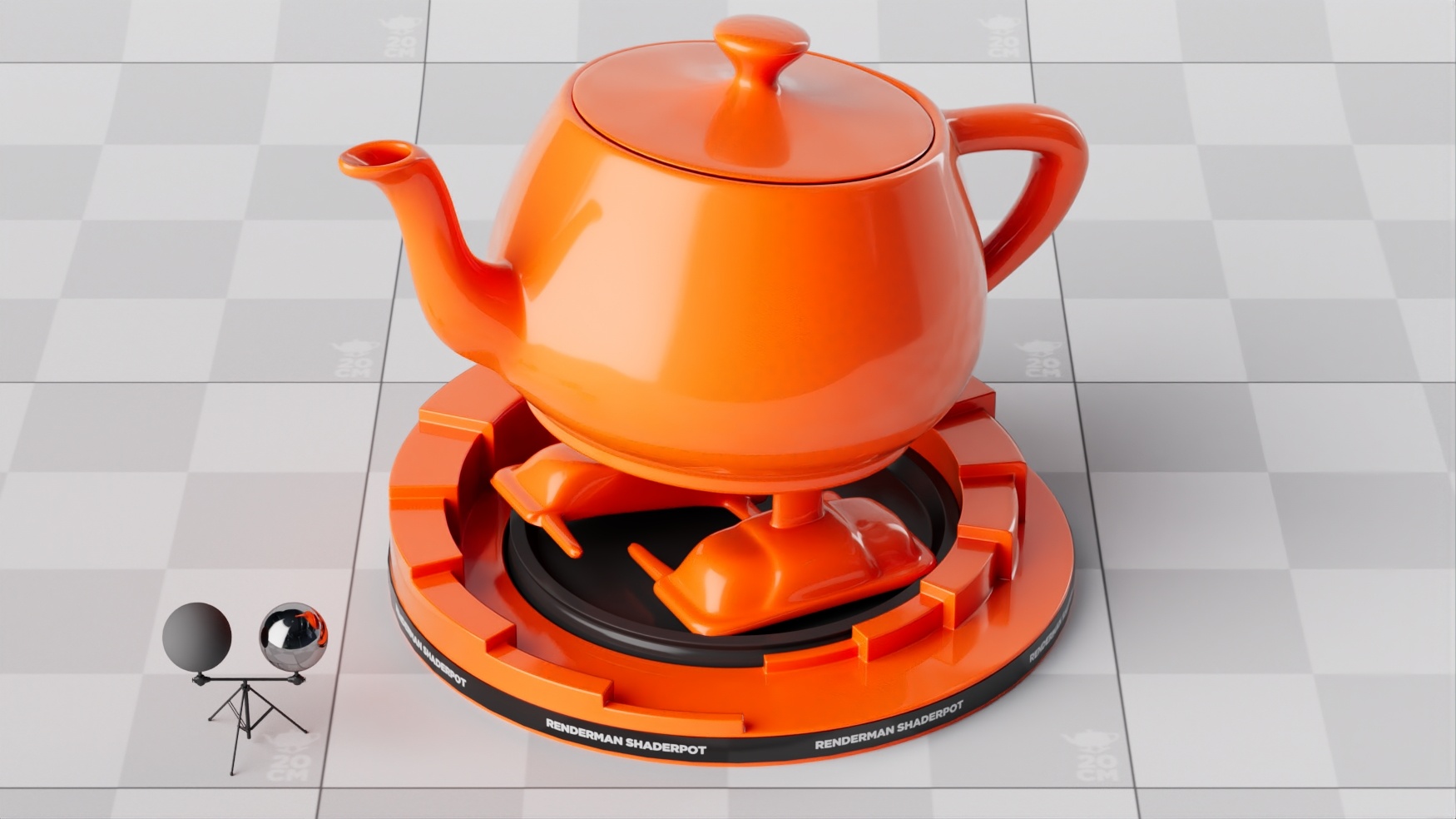Contents
Diffuse shading is one of the most common looks in rendering. Diffuse objects are often dry and unpolished. Think of newspaper, dirt, and rocks. These objects all reflect light in a wide range of directions from the surface. This means these won't be shiny or reflective, that requires something like LamaConductor to add shininess and reflectivity. Diffuse shading is often the base of many looks for your modeled objects.
Diffuse Parameters
Color
Color is typically where textures or patterns are connected to create color for opaque objects. This is where a wood color texture would go, for example.
Roughness
Diffuse roughness is how you would simulate a powdery surface like dried clay or dust. When roughness is 0.0, LamaDiffuse uses Lambertian model to calculate the diffuse response. When roughness is > 0.0, Oren Nayar model is used instead.
Normal / Bump
Here is where you supply a signal, either a texture or procedural pattern, to create a bump to the surface to "fake" surface details like small bumps or scratches. This means an artist doesn't have to model these tedious and often repetitious parts of a model.

